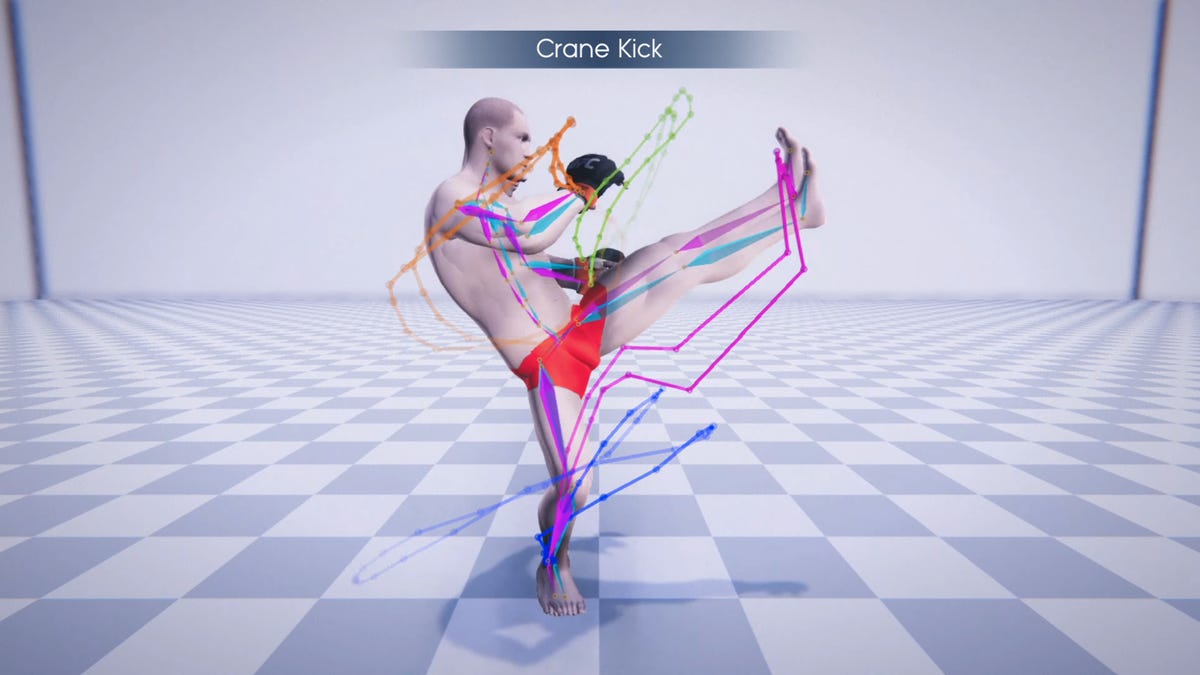Electronic Arts says artificial intelligence will make game characters much more lifelike
Researchers at Electronic Arts are coming up with ways to make those hyper-realistic games even more squint-and-you-miss-it real looking.

Electronic Arts is researching ways to use AI to make its characters move in more believable ways.
There's always that moment in every video game when the character does something you didn't expect and breaks the immersion. Maybe a bad guy you just shot falls to the ground with arms flailing like a rag doll. Or perhaps your character moves too stiffly when getting into or out of a vehicle.
Electronic Arts is among the companies hoping to turn to artificial intelligence to help fix that problem. The gaming giant plans to discuss its latest research at the Siggraph computer graphics conference this week, showing off new computer programs it built to make characters in sports games move in more realistic ways.
The research video demonstration, called Neural Animation Layering for Synthesizing Martial Arts Movements, showed the results of AI programs that can make characters jump or punch in realistic ways. Typically, developers have to tell their games how a character is supposed to perform from one moment to the next. EA's new techniques could produce realistic characters with animators doing a fraction of the work.
"The things that we are researching on mostly focuses on creating this realistic animation," EA researcher Sebastian Starke said in an interview.
EA's research is just the latest in a series of ways computer programmers are trying to make their games look that much more true to life. Today, game makers have tools like photogrammetry, which helps convert detailed photographs into interactive locations and items. Game makers also use similar motion capture technology as Hollywood studios to help re-create an actor's expressions and moves.
Other game makers have been experimenting with AI-driven animation technology as well. In particular, Ubisoft's research and development teams have have published examples of their own work that's similar to Starke's.
Beyond research, EA has been turning to AI to help make its video games more lifelike too. Its newest soccer title, FIFA 22, coming out Oct. 1, includes a technology called HyperMotion. This feature gathered data from matches played between two teams of 11 players wearing motion capture suits, which was then fed into a computer program that produced over 4,000 new animations of players kicking balls and moving around the pitch in unique ways.
Starke, a passionate gamer who says he's a "terrible artist," started out in computer science and robotics. Over the past few years, he's focused his research on using AI to make better animations for basketball games, characters sitting in chairs of different sizes and even animals as they walk.
Next, he's hoping to teach computers how to identify motion capture data from a standard movie or video, rather than relying on motion capture suits and the arrays of sensors typically attached to actors.

